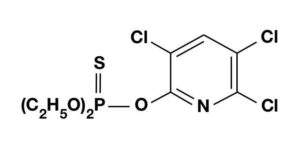Residues and deposits of plant protection products used in the last treatment, present inside and outside the sprayer, can be removed in the field or at the farm centre. It is clear that from the economic point of view being able to operate in the field allows to limit investments only to instruments mounted directly on the equipment represented by an auxiliary tank of adequate capacity for clean water and efficient devices for internal and external washing. Cleaning the sprayer in the field, in areas where there is no risk of polluting surface water or groundwater, also allows:
- to dispose of the washing water containing residues of plant protection products in an area where their use has been authorised;
- to limit the risks related to the transfer of contaminated equipment from the place where it was used to carry out the plant application;
- have fewer concerns about containing, transporting or disposing of residues containing plant protection products from the field to the farm centre.
When it is not possible to clean the sprayer in the field, it is necessary to provide for the installation at the company center of an area specially equipped to carry out the operation. In order to prevent pollution, the area must be paved or equipped with a system for collecting water contaminated by plant protection products in a special tank to be able to start them after proper disposal. For washing, the quantities of water used must be minimised in such a way that the volume of waste liquid to be disposed of is kept as low as possible. The presence at the company center of an area equipped for cleaning the sprayer entails higher costs than choosing to operate directly in the field, however, this structure can also be used for the filling of the tank during plant protection applications, helping to prevent contamination of soil with washing water or due to spillage of concentrated plant protection products or accidental overflowing of liquid from the tank.

